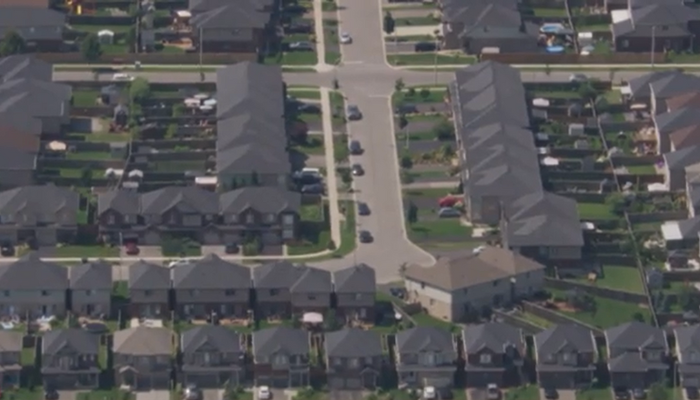
LATEST STORIES:


Niagara politicians voiced their opinions about the future of the region before a provincial committee on Wednesday.
The housing crisis was a major focus, but there are mixed opinions on whether amalgamation and shared services are the way to address it.
The standing committee on heritage, infrastructure and cultural policy gathered in St. Catharines today to study Niagara’s government structure.
M.P.P. for Perth-Wellington Matthew Rae says the committee wants to figure out the best way to get homes built in the region.
“Really the intention of the committee is to hear from local politicians, and this afternoon we’re going to hear from some business leaders as well, on the ground, what we can do to get more homes built, and ensure we spend taxpayers resources at all levels efficiently and effectively for the taxpayer,” Rae said.
READ MORE: Brampton driver charged after $6.5M in cocaine seized at Niagara border
Governance in Niagara has been a topic of discussion for years, with politicians having differing opinions.
Regional chair for the Niagara Region Jim Bradley says he is not interested in amalgamating the entire region, saying each municipality plays a unique role in addressing the housing crisis.
“The government would find it a distraction to get into all these battles on who wants to take over the next-door municipality, if it gets into that, that will only deter the opportunity to get moving on housing,” Bradley said.
“I think the government is laser-focused now on getting housing built, if they do, we have already cooperated in that regard, and we are prepared to move forward.”
The Niagara region is made up of 12 municipalities, including Niagara Falls.
READ MORE: Crews battle structure fire at Fort Erie countertop business
That city’s mayor, Jim Diodati, says the region’s government structure needs to change. He is in favour of a four-city model.
“The problem is too many people making too many decisions. Here in Niagara, we have 126 municipal politicians… 126, yet up the highway in Hamilton, who have an even bigger population, they do it with 16. Toronto, 10 times the population, they do it with 26. Why do we need 126 politicians?” Diodati said.
“Even the home builders association CEO says they completely support the direction that we’re going in and they’re the ones building the homes. They said ‘this is an impediment the way it is currently’ the four city model works best for what they’re looking for.”
Meanwhile, other smaller municipality mayors say they are okay with how things are right now, but acknowledge that change will come.
“Most of our residents and some of our council believe we’re fine the way we are, however on the flip side of that is the fact that we know we’re on the cusp of big growth, huge growth in fact…we know we need to be looking to the future, we know we need to be open-minded about any other changes to government structure,” West Lincoln Mayor Cheryl Ganann said.
The committee heard 21 presentations on Wednesday. It will be conducting a governance study at multiple other regions in the province as well.